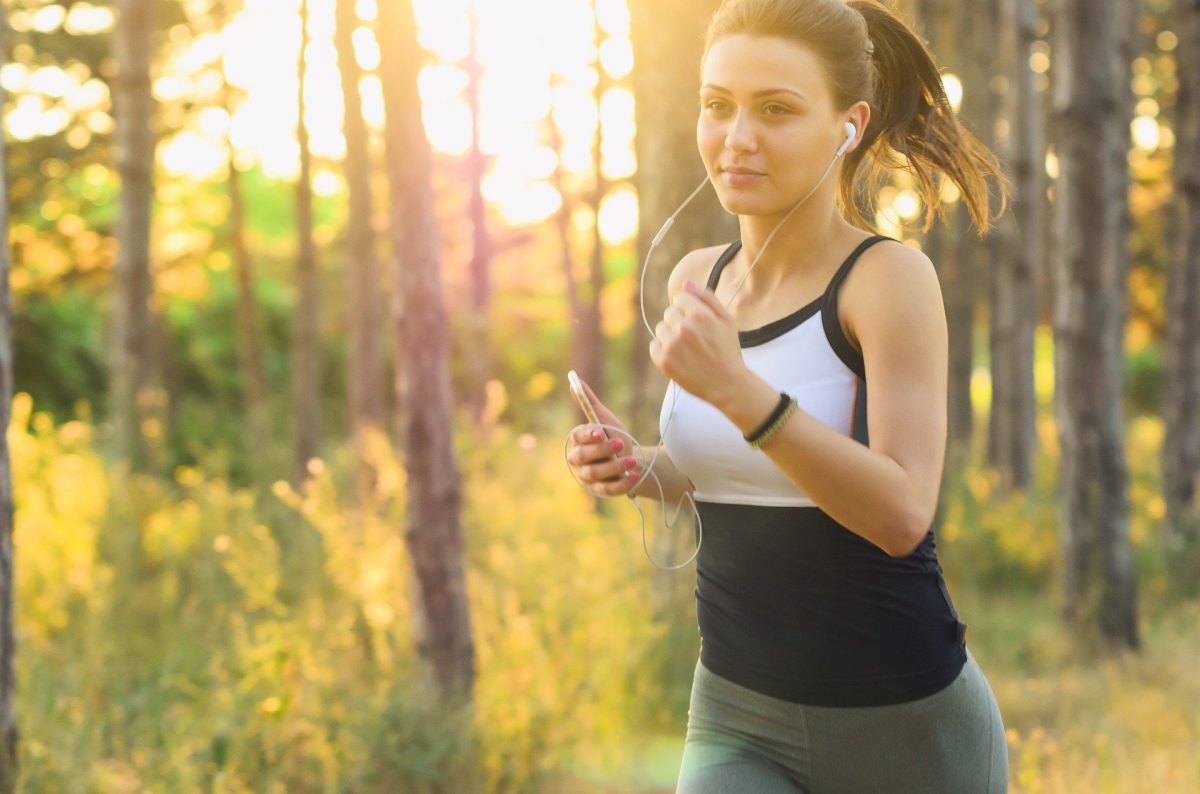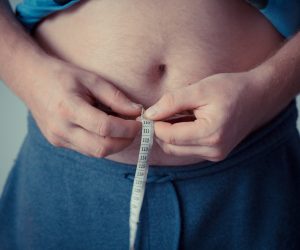
Can Exercise Reduce Anxiety? New Study Gives Us An Answer
Ethan Boldt via Dr. Axe – Did you know that anxiety disorders are the most common mental illness in the U.S.? Over 40 million adults age 18 and older are affected; this equates to 18 percent of the population. In fact, one of every three teenagers reported suffering some sort of anxiety disorder in the past year.
Even if you’re fortunately to not suffer from anxiety, you probably know a loved one who does and perhaps have seen how damaging it can be. After all, it increases one’s risk for other psychiatric disorders like depression — half of those diagnosed with depression are also diagnosed with an anxiety disorder.
As a result, not only is traditional treatment such as cognitive behavioral therapy considered, certain natural ways to reduce anxiety are also under examination. One such natural way to deal with anxiety? Exercise.
If fact, some research demonstrates that just a single bout of exercise can help ease anxiety when it arises. But if it was only so simple. Let’s dive in.
The Anxiety-Exercise Conundrum
Among the damage that anxiety can inflict, it can impact how active a person is. A 2015 study showed that anxiety sufferers were, on average, more sedentary and less inclined to participate in challenging forms of physical activity. Study authors concluded that rather than focusing mostly on high-intensity exercises for alleviating anxiety, it might be more productive to simply increase light physical activity while decreasing the number of sedentary bouts.
In an article for Psychology Today, Alice Boyes, PhD, details why anxious people may avoid exercising:
- The sensations of exertion — raised heart rate, sweating, breathing heard — are similar to anxiety.
- Worry about getting injured or experiencing pain.
- Exercise can spike social anxiety, such as concern about how you look during exercise or even having to interact with people you normally wouldn’t.
New Study
In a recent Frontier In Psychiatry large-scale study of nearly 200,000 active adults, it showedthat being physically active cuts the risk of developing clinical anxiety in half. The study was based in Sweden and focused on cross-country skiers, but researchers declared that nearly any kind of aerobic activity probably protects the individual from excessive anxiety.
In the 21-year study, skiers had a significantly lower risk of developing anxiety compared to non-skiers. Interestingly, among women, more demanding physical performance — such as faster finishing times, higher exercise doses, etc. — was linked with an increased risk of anxiety compared to slower skiing women. Nonetheless, the anxiety risk was still less compared to the control group. For men, there was no statistical difference in anxiety levels between fast vs. slow skiiers.
To the authors, it was clear: “Our results support the recommendations of engaging in physical activity to decrease the risk of anxiety in both men and women.”
Meanwhile, they admitted that the “physical performance level” for women and how it impacts anxiety risk requires further examination.
Benefits of Exercise for Anxiety
Regular physical activity helps to improve sleep quality, reduce inflammation, boost confidence, improve energy levels and ease stress and tension. People with anxiety can benefit from exercises like yoga and tai chi because they promote relaxation and involve deep breathing techniques that help to reduce stress and muscle tension.
A 2012 review published in Alternative Medicine Review found that of the 35 trials that addressed the effects of yoga on anxiety and stress, 25 of them noted a significant decrease in stress and anxiety symptoms as a result of practicing yoga.
Did you know that yoga changes your brain by impacting your GABA levels and suppressing neural activity? Besides yoga and tai chi, you can practice other exercises that help to calm the body. For example, running, walking or hiking outdoors, lifting weights and even dancing can help to combat stress.
In fact, exercising outside during the winter where you’re exposed to sunlight is thought to be one effective strategy for helping ward off seasonal affective disorder, a type of mood disorder/depression that tends to affect people during the dark winter months. It may be another reason why the cross-country skiers in that above study fared so well. Sunlight and exercise both have a positive impact on your mood for several reasons, including because they help release more “feel good” chemicals, including serotonin and endorphins.
Additionally, a 2019 study indicated that exercising helped divert the participant from whatever he or she was anxious about. Anecdotally, this may seem logical to many of us who feel great relief from whatever we were anxious about before our workout, but it necessitates further study.
In a Journal of Neuroscience animal study, it seemed to resolve the contradictory findings that running can decrease anxiety while activating the frontal regions of the brain responsible for executive function. How so? “By increasing GABAergic inhibition in the hippocampus in response to stress, running may serve to calm excitatory circuitry that might otherwise produce an overly anxious state.”
Best Types of Exercise for Anxiety
What is the best type of exercise for anxiety? The general consensus is that any type of exercise will do well to lower anxiety levels, but of course, it depends on the individual. As the studies above demonstrate, tai chi and yoga rate very well … and now, so does cross-country skiing.
Here are some helpful tips for choosing the right kind of exercise for you:
- What exercise do you enjoy and can commit to? Do that!
- Exercising with others may increase or decrease your anxiety. Go with whatever fits you. For some, working out with a friend or group can improve commitment level and provides social support.
- When possible, exercise outdoors. Researchers have found that just being outdoors in nature can improve your overall feelings of wellbeing and reduce anxiety.
- Make exercise a good habit by often doing it a similar time of day, so both your body and brain is not only ready for it but even looks forward to it. Often, morning time can work well for anxious individuals.
To read the original article click here.






